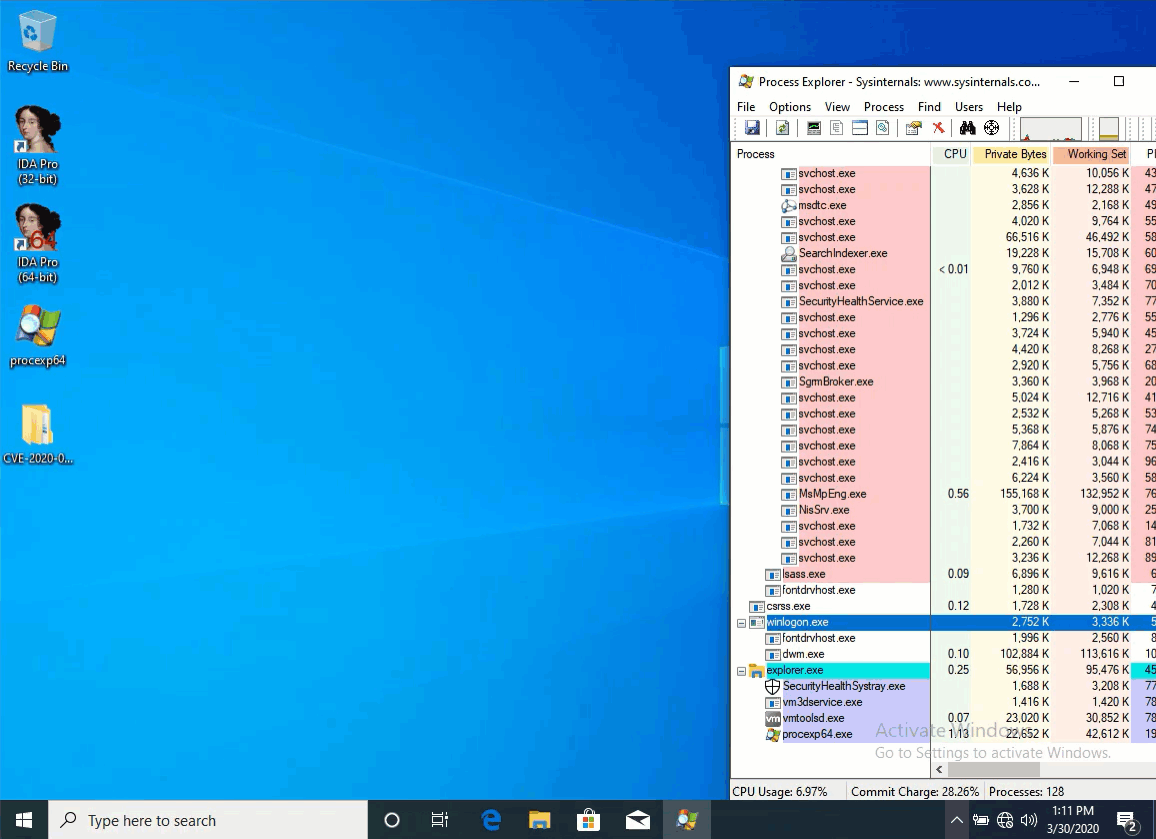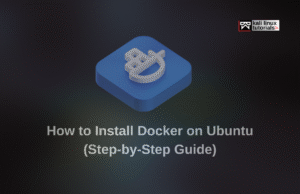CVE-2020-0796 is a remote code execution vulnerability exists in the way that the Microsoft Server Message Block 3.1.1 (SMBv3) protocol handles certain requests. An attacker who successfully exploited the vulnerability could gain the ability to execute code on the target server or client.
To exploit the vulnerability against a server, an unauthenticated attacker could send a specially crafted packet to a targeted SMBv3 server. To exploit the vulnerability against a client, an unauthenticated attacker would need to configure a malicious SMBv3 server and convince a user to connect to it.
The security update addresses the vulnerability by correcting how the SMBv3 protocol handles these specially crafted requests.
Workarounds
The following workaround may be helpful in your situation. In all cases, Microsoft strongly recommends that you install the updates for this vulnerability as soon as they become available even if you plan to leave this workaround in place:
Disable SMBv3 compression
You can disable compression to block unauthenticated attackers from exploiting the vulnerability against an SMBv3 Server with the PowerShell command below.
Set-ItemProperty -Path “HKLM:\SYSTEM\CurrentControlSet\Services\LanmanServer\Parameters” DisableCompression -Type DWORD -Value 1 -Force
Notes:
- No reboot is needed after making the change.
- This workaround does not prevent exploitation of SMB clients; please see item 2 under FAQ to protect clients.
- SMB Compression is not yet used by Windows or Windows Server, and disabling SMB Compression has no negative performance impact.
You can disable the workaround with the PowerShell command below.
Set-ItemProperty -Path “HKLM:\SYSTEM\CurrentControlSet\Services\LanmanServer\Parameters” DisableCompression -Type DWORD -Value 0 -Force
Note: No reboot is needed after disabling the workaround.
References
- https://portal.msrc.microsoft.com/en-US/security-guidance/advisory/CVE-2020-0796
- https://www.synacktiv.com/posts/exploit/im-smbghost-daba-dee-daba-da.html
- https://www.fortinet.com/blog/threat-research/cve-2020-0796-memory-corruption-vulnerability-in-windows-10-smb-server.html#.Xndfn0lv150.twitter
- https://www.mcafee.com/blogs/other-blogs/mcafee-labs/smbghost-analysis-of-cve-2020-0796/
- http://blogs.360.cn/post/CVE-2020-0796.html
- https://blog.zecops.com/vulnerabilities/vulnerability-reproduction-cve-2020-0796-poc/
Credit: Daniel García Gutiérrez & Manuel Blanco Parajón

















